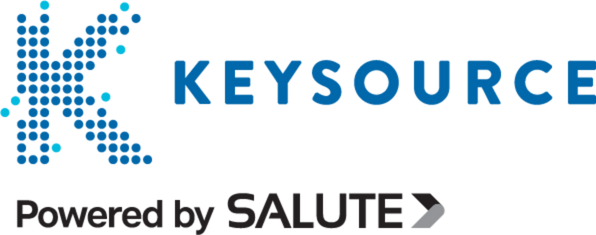What’s in store for 2022?
The results of our State Of The Industry Report 2021 show that the data centre sector will continue to be at the heart of the global post pandemic recovery in 2022, as for lots of respondents, the ability to bounce back or accelerate growth lies in their technology and continued digital transformation. The good news is that this is creating increased budgets which, combined with a market that is bursting with service options, suggests a positive outlook.
I think that it is against this backdrop that we will likely see the following trends:
1) Mergers & Acquisitions
With the backdrop of global digitalisation, demand in transformation of critical assets will continue to be very attractive for investors and I believe that the market will continue with small, medium and large mergers and acquisitions. For some operators, this will be the short cut to getting what they need or getting ahead.
2) Sustainability
As the globe increasingly turns its attention to the action required to limit the damage being done to the environment, the data centre sector will continue to get to grips with the role it must play in reducing carbon emissions. For the data centre industry there is still an enormous opportunity to improve the efficiency of existing live facilities, predominantly in scope 1 and 2, such as optimising power.
However I think we will see an increasing focus on Scope 3 emissions, the indirect emissions resulting upstream and downstream from the value chain activities. For example, goods the business purchases and how end of life products sold are treated.
This has a much wider impact which, when controlled, can drive much bigger strides in improvement. That said, developing the capability to measure this can be a huge challenge and is clearly an area requiring much more collaboration to achieve.
3) Embedded carbon
Following on from this, I think the issue of embedded carbon and its impact will also be a focus for the industry.
This is different from ‘operational carbon’ which is from heating, cooling and power during use and where to date the real work has been done. ‘Embedded carbon’ is generated from the construction product supply chain such as energy consumption, chemical reactions, transport and installation/ construction activities.
It is arguably more complex and expensive to address and involves Life Cycle Assessments and whole life costing. However, moving forward, this will be vital for organisations wishing to stay within their carbon budget.
4) Renewable Energy
In 2022, I believe there will be greater emphasis on alternative power sources such as wind and solar as well as the use of battery storage.
There are some exciting innovations in this area. On 23 June 2021, the UK’s first grid-scale battery storage system directly connected to the electricity transmission network was activated in Oxford, and Harvard researchers have designed a long-lasting, stable, solid-state lithium battery.
At Keysource, we believe that this could be a real game changer with a key feature being quicker charging time. Quicker charging times potentially overcome a key limitation of battery storage for data centres allowing researchers to deliver a battery autonomy which can be maintained more sustainably.
5) Security
Concerns around security have grown significantly with some high profile incidents in 2021, and I think this will continue. Although the landscape is broad, the data centre continues to be a ‘soft underbelly’. This is arguably because it is unregulated which puts national services and business operations at risk. Given the financial and reputational damage a data breach or outage can bring, this may the biggest challenge facing the sector.
I believe we will see an increasing awareness of the importance of securing the data centre management network to the same level, or more, as the corporate networks as it often gets overlooked because it falls between the IT, security and engineering teams.
Throughout industry, Industrial Control Systems (ICS) have long been targeted with cyber crime but now, however, more malicious and sophisticated strains of malware and ransomware are specifically targeting these Operational Technology (OT) environments. This is as the data centre industry develops and forward-thinking operators are using techniques and approaches typical of more complex industrial facilities to drive innovation.
Another focus may be the security risks that lie within areas managed or supplied by third party organisations and where contractual compliance is key, as is ensuring that policies and procedures reflect contractual and regulatory obligations.





